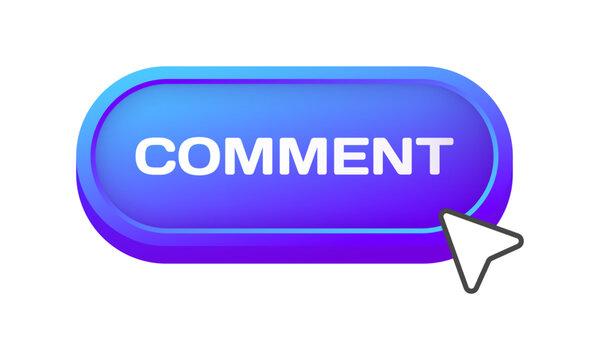The world held its breath as a new enemy emerged, invisible yet potent. The coronavirus, a silent threat, spread like wildfire across the globe. But even as the virus claimed lives, a different kind of battle raged – the war against misinformation and inadequate response. “The coronavirus enemy remained ‘invisible’ because the Trump administration didn’t make the effort to see it,” declared Julia Nesheiwat, a former Trump administration official, in a scathing critique. This statement, a powerful indictment of the administration’s handling of the pandemic, sparks a vital conversation about leadership, preparedness, and the consequences of inaction in the face of a global crisis. Join us as we delve into the complexities of this issue, examining the accusations and analyzing the impact of these decisions on the world’s response to the pandemic.
Table of Contents
- The Invisible Threat: A Missed Opportunity
- Blind Spots and Missed Signals: The Trump Administrations Response
- A Call for Transparency and Accountability
- Lessons Learned: Building a Stronger Response for Future Pandemics
- Closing Remarks

The Invisible Threat: A Missed Opportunity
The article highlights a crucial point: the Trump administration’s failure to acknowledge and address the burgeoning threat posed by COVID-19. This “invisible enemy” was not a matter of perception, but rather a consequence of inaction and downplaying the severity of the situation. This lack of initiative, coupled with the administration’s disregard for expert advice, ultimately led to a missed opportunity to contain the virus effectively. The consequences reverberate across the nation, underscoring the importance of vigilant leadership and informed decision-making in the face of public health crises.
Blind Spots and Missed Signals: The Trump Administrations Response
The Trump administration’s response to the COVID-19 pandemic was characterized by a series of missteps and a failure to adequately address the growing threat. Early warnings from intelligence agencies and public health experts were largely ignored, and the administration downplayed the severity of the virus. Key decisions, such as the initial travel ban from China, were delayed, allowing the virus to spread within the United States. The administration also failed to adequately ramp up testing and procurement of medical supplies, leading to shortages that hampered the country’s ability to respond effectively. This lack of preparedness and awareness left the country vulnerable to the pandemic’s impact, resulting in a high number of cases and deaths.

A Call for Transparency and Accountability
The recent comments made by Dr. Nesheiwat regarding the Trump administration’s response to the COVID-19 pandemic raise serious concerns about transparency and accountability. It is imperative that we, as a nation, have access to accurate information and understand the decisions made by those in power.
- Clear and concise communication: We need clear and concise communication from our leaders, especially during a crisis. The lack of transparency can erode public trust and hinder effective responses.
- Data transparency: The release of accurate and timely data is crucial. Open access to data allows for better monitoring of the pandemic’s spread and the development of effective prevention and treatment strategies.
- Accountability for actions: Those in positions of power must be held accountable for their decisions and actions. Transparency is essential for ensuring that the public is aware of how decisions are made and the consequences of those decisions.

Lessons Learned: Building a Stronger Response for Future Pandemics
The COVID-19 pandemic has exposed deep-seated vulnerabilities in our global health systems and highlighted the critical need for robust pandemic preparedness. It’s clear we need to move beyond reactive responses and invest in proactive measures to build a more resilient future. This means:
- Investing in public health infrastructure: Strengthening surveillance systems, laboratory capacity, and workforce development are essential to detect and respond quickly to emerging threats.
- Promoting global collaboration: Sharing data, research, and resources across borders is vital for rapid innovation and response.
- Building community resilience: Empowering communities to participate in preparedness and response efforts is crucial to ensure equity and reach those most vulnerable.
By taking these steps, we can move towards a future where we are better equipped to face any health challenge, and ensure that the invisible enemy of pandemics never catches us unprepared again.
Closing Remarks
The echo of the “invisible enemy” lingers, a spectral reminder of a time when the world held its breath. But as the fog of the pandemic lifts, the questions remain: who will be held accountable for the unseen casualties? Who bears the responsibility for the missed warnings and the unheeded pleas? As we move forward, let the lessons of this pandemic serve as a stark warning, a call to action to be more vigilant, more proactive, and ultimately, more human in our response to the unseen threats that lie ahead. This is not just a story about an invisible enemy, it’s a story about the invisible, and often forgotten, human cost of inaction.

Leave a Reply